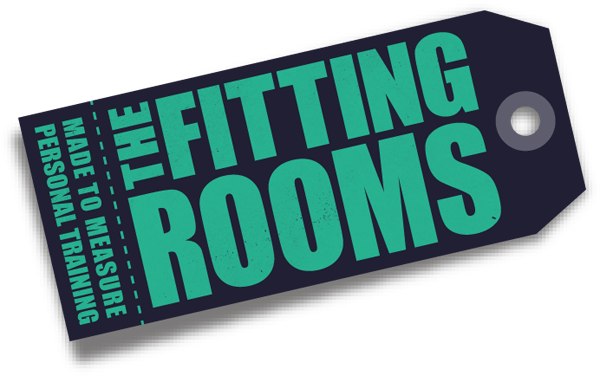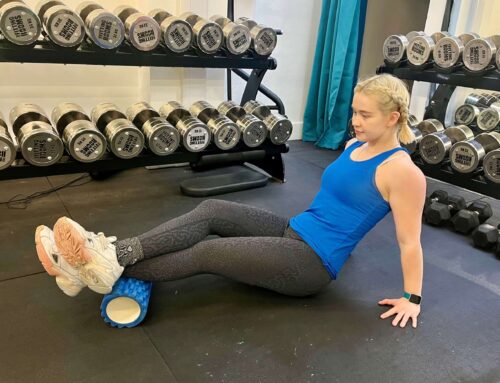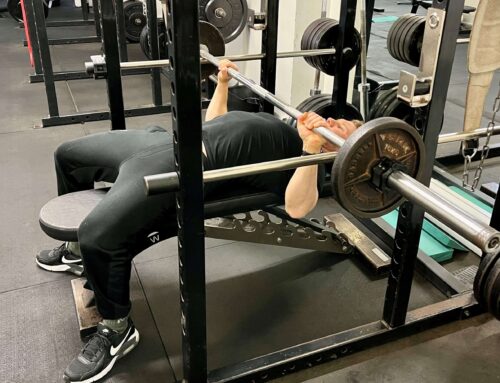How to do a Pull-up
Pull-ups are considered the ultimate upper body strength exercise, and achieving your first bodyweight Pull-up is a huge milestone in the gym. Reaching that point can be immensely challenging, but we’ve taught many clients how to do a Pull-up and hopefully we can help you achieve this goal too! Read the steps below and then watch TFR director Dave take you through in more detail on our video.
Relative Strength for Pull-ups
So the first thing to consider when learning how to do a Pull-up is your relative strength; that’s the ratio of your absolute strength compared to your body weight. Realistically, if you are overweight with a low starting point of upper body strength; you will need to focus on losing weight as well as building strength. This can’t be achieved overnight, but consistent strength training, alongside a calorie deficit via moderating food and increasing general activity, is a surefire way to get you to where you need to be. In terms of the best way to lose weight that’s a different subject so for now we’ll be focusing on the strength training needed to achieve a Pull-up.
Pull-up Grip
Hand or grip position for the Pull-up makes a huge difference as it affects how and which muscles are recruited for the movement. For most people, the easiest grip tends to be a neutral grip (palms facing eachother), followed by a supinated / underhand grip (palms facing you, commonly know as a Chin-up), and finally the hardest grip is the pronated / overhand (palms facing away). Each of those grips becomes harder the wider you space your hands; so a narrow, nuetral grip would be the easiest grip to start with, with a wide, pronated grip being the most advanced.
Throughout your training, a change of grip can be used to progress or change things up if you’re stuck at the same stage for a prolonged period of time; but initially we recommend starting with the easiest and strongest narrow, nuetral grip.
Step 1: Assisted Pull-up Machine
If you’re currently a long way from achieving an unassisted Pull-up, then your first point of call is to build a base level of strength in the movement itself. This will be achieved ideally using a combination of both an Assisted Pull Up Machine and the Lat Pulldown Machine. You need to focus on lower rep ranges (5-8 reps, for 3-5 sets) and for 2-3 times a week. Additionally, to ensure you’re building strucural balance across the back, make sure to include external rotation and horizontal rowing movements in your programme. Isolation work on the biceps will also be extremely beneficial to include (learn a little more about bicep training HERE).
Step 2: Eccentric Pull-ups
Once enough upper body strength has been gained, it’s time to move to Eccentric Pull-Ups. Eccentric Pull-Ups or ‘Negative Pull-Ups’ are when you only do the lowering phase of the Pull-Up; for example, you jump up or use a box to start from the top and just lower your body down, generally for at least 3-10 seconds each time, before climbing or jumping back up. You’ll be surprised as to how strong you are on the eccentric phase of a movement so you should be able to do these long before a full Pull-up. Start off with 3 second eccentrics of 5 reps over 4 sets, from here build up the length of the lowering movement until you can do the same reps and sets but with 10 second eccentrics.
Step 3: Assisted Bodyweight Pull-ups
The final stage of Pull-up training is to move to slightly-assisted bodyweight Pull-ups. This can be done with the use of a band or a spotter, both have their pros and cons. Resistance Band Pull-ups allow you to perform the exercise on your own if you don’t have a training partner, but the band cannot provide any assistance in the top range of the movement where it is needed most which can slow down progress. Using a spotter, such as a training partner or Personal Trainer, means you can get assistance only when really necessary making, it a more effective strength training tool. A skilled spotter should be able to give you less and less help each time until you can achieve one rep on your own. You should be aiming to achieve 3-5 reps for 3-5 sets, so even once a rep is achieved, it is important to finish the remaining reps and set with the use of a band or spotter, until your unassisted rep count has increased.
Consistency is Key
Following the above protocol, alongside good nutrition and a balanced training programme, will hopefully help you learn how to do a Pull-up – as well as build a strong and shapely back. It is important to note that frequency and consistency really are key when it comes to building up Pull-up strength so we really recommend aiming to train the movement 2-3 times a week.








Leave A Comment